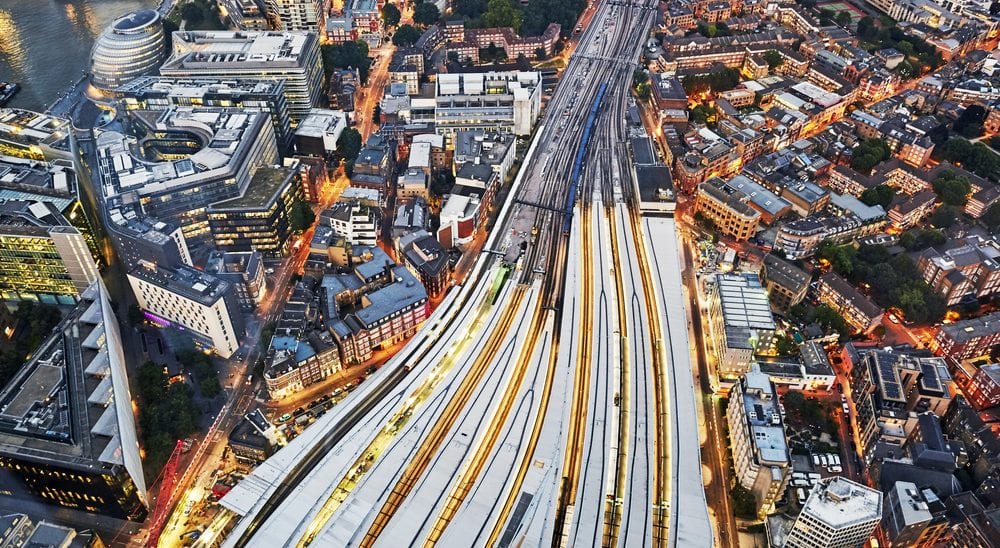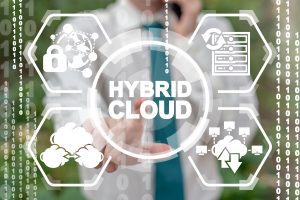Travel is changing with COVID-19 – how can technology help?

CEO of Vivacity Labs, Mark Nicholson, combines his technical and commercial experience with a passion for bringing AI to the transport systems we all use every day. Looking in particular at the post-pandemic ‘new normal’ and how it’s affected the transport sector.
A common refrain you’ll hear day to day is ‘returning to normal’, whether that’s in the workplace, for sporting events, schools or restaurants. Of course, this return isn’t going to be happening for a long time to come, and ‘normal’ is going to look rather different than before. This is no bad thing per se. Towns and cities have the opportunity to reshape their infrastructure and approaches in a range of areas which will make our changed lives easier and safer. Across the world, organisations such as the UNDP Global Centre for Technology, Innovation and Sustainable Development are looking at ways to help response and recovery to COVID-19. Part of this recovery will undoubtedly focus on how we travel.
The days of cramming onto a packed metro train or bus to get to work or socialise with friends seem a long time ago. While these underlying modes of transportation aren’t going anywhere, our changing behaviours will mean other ways of getting around become more popular, and of course, the way we interact with existing means (buses, trains and so on) will change as well. Walking and cycling, for example, are both being encouraged by the UK government as part of their ‘active travel’ scheme. Meanwhile train networks which are currently relying quite heavily on government subsidies are moving to better understand how their services can be most efficiently run in the future. Underpinning all of this is a lot of exciting new technology which is going to play an increasingly significant role in how we get from A to B. I’ve picked out a few examples below:
No more Rush Hour
Data we’ve gathered has shown that even as interactions begin to return to near levels of normality, and car and public transport use is on the rise, there’s a very ‘flat’ pattern of when people travel. Rush hour has been dramatically reduced. This could be because places of work are stipulating staggered arrival times, so people travel into the office over a wider time frame. Or that the numbers of people needed to create any sort of peak on, say, the London Underground, are simply not high enough to test the infrastructure that has been steadily built up over the years to deal with more and more travellers.
One outcome of this is that monitoring crowd levels within tube stations and the like has become a lot more manageable. CCTV linked with AI can much more easily decide when an area has become too busy when the normal number of people in that area has significantly decreased. Safe management of stations then, can be achieved with a blend of humans and technology, instead of relying on a large workforce which is underutilised for much of the day.
AI solving traffic flow
AI can help towns and cities reduce traffic jams. Congestion is an enemy of fast travel, and one significant frustration is traffic building up at a red light while the rest of the junction is clear. Artificial intelligence can identify when this is happening and make a judgement about which part of the junction needs a green light to ease queuing.
New technology will give cities unprecedented ability to efficiently implement new strategies such as promoting active travel by prioritising cyclists and pedestrians and prioritising air quality by reducing the amount of braking, accelerating, and idling of high-emissions vehicles. Councils and local authorities will be able to seamlessly shift between strategies in different areas or times of the day to suit their needs and priorities; for example, a focus on congestion reduction along main arteries during peak commuting hours, active travel during the weekend, and air quality in off-peak periods.
Sensors maintaining social distancing
The battle against congestion is becoming easier as rush hour is reduced – but safety must remain a priority too. More liveable and friendly environments are growing in importance as people are discovering or rediscovering their local green spaces. At the same time, socially we’re going to have to learn how to go on holiday in the UK and have a staycation. Travel pertaining to all of this therefore needs to change. Sensor data is key to help national and local government see the bigger picture of where change needs to occur.
AI technology can be used to demonstrate the trajectories of how people move around to analyse social distancing, and also understand wider social behaviour patterns. To identify areas where people are struggling to social distance, Artificial Intelligence can be added to existing CCTV networks.
—
Just finally – could Covid-19 end up being a breath of life for HS2? The future of work which has arrived overnight seems to be pushing people out of cities, working from home and commuting where needs be to a big city maybe once or twice a week. Having new infrastructure which allows for quicker, more comfortable, and (backed by technology) safer travel, is a must.
